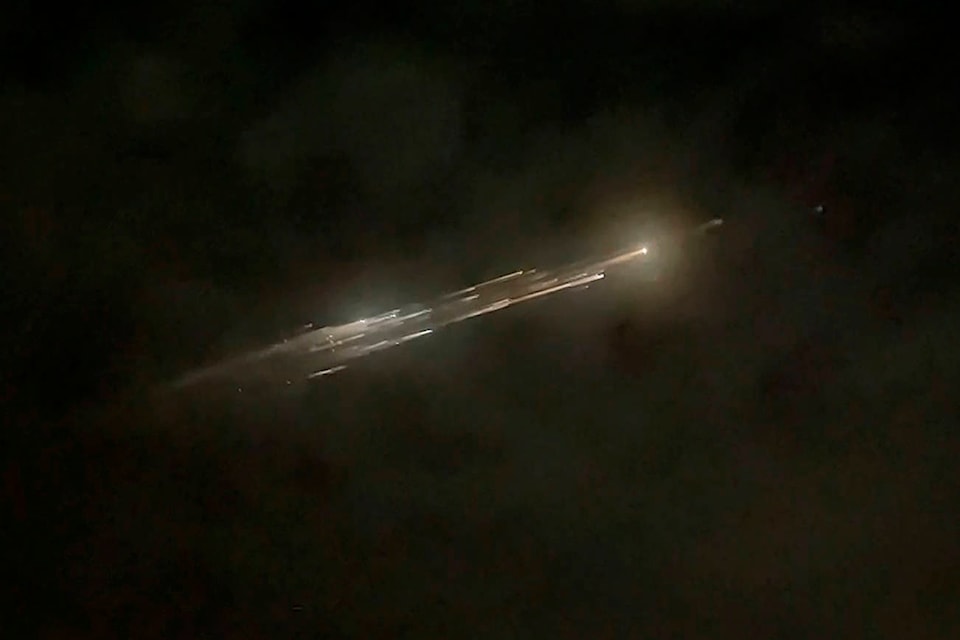We know how much of a problem humans have created on Earth with what we spew in the air, dump into our rivers and oceans, and throw away. We call it pollution. Have you ever wondered what we are now doing in space?
I had no idea how bad space junk (debris) had become until I started researching it.
It is out of hand and getting worse. Sine 1957 and the launch of the Soviet Union’s Sputnik 1 satellite, we have been blasting things into space at an incredible rate. Approximately 8,900 satellites were launched into lower earth orbit (50 kms) by 2018 and with each one we have left something behind, space debris.
Between 2018 and 2021 another 1,100 satellites were sent into orbit.
With all of these satellites orbiting, and only approximately one third of them still in operation, scientists estimate there are 21,000 large pieces of debris and more that 120,000,000 tiny pieces of man made space debris in orbit. Those numbers are terrifying.
The satellites that are in orbit, but not functional, the agencies responsible for putting up there have decided it is cheaper to abandon than rescue. Astronauts have also contributed to the space junk floating around in space by losing, get this, a spatula, a glove, a mirror, a hammer and a bag filled with $100,000 worth of tools.
This may not sowwund like much of a problem, but as the old saying goes it’s not the size of the junk, it’s the impact velocity when it comes down. At low earth orbit the debris is moving at about ten times the speed of a bullet.
That is the problem. So even the tiniest specks can cause severe damage. A two-centimetre ball bearing up in space travelling at 17,000 mph could destroy the International Space Station (ISS). And as objects collide they shatter and make more space junk.
As we add more space debris a single collision could trigger something called the Kessler syndrome or effect, where a collision between space junk would cause a cascade in which each collision generates more space debris, increasing the likelihood of another collision.
The implication is that the distribution of debris in orbit could eventually render space activities and the use of satellites in specific orbits, difficult for many generations.
Now if you are wondering why you should care, it’s because we rely on satellites for things like global communications, GPS navigation and weather data, if that space infrastructure is destroyed, some of our technology could be sent back to the 1970s. It could put a halt to our space programs as we know them because an orbit filled with hypersonic shrapnel would make it impossible to successfully launch anything, effectively trapping us on earth.
The problems caused by space junk aren’t just theoretical, they are happening now. A crack in a window on the ISS was caused by something the size of a fleck of paint. A fragment hit the space shuttle Endeavour in 2007 and left a hole in the radiator the size a bullet would have made.
Also, don’t forget about the Tesla car Elon Musk sent careening out into space… can you imagine that being the demise of future astronauts?
Elon Musk’s company SpaceX has already blasted about 1,200 Starlink satellites into orbit for a internet network across the globe, and if you can imagine, they plan to have a mega-constellation of up to 42,000 spacecraft in mid-2027. This actually boggles my mind. You know darn well SpaceX isn’t the only private company in this race across the globe.
There is no worldwide definition of space debris, which brings to light all the legal problems in trying to do the impossible of regulating space. If you’ve got the money… well you know.
There have been recent strides made that give hope, mainly reusable rockets, and tech companies around the world inventing ways to remove space trash, but we still need some kind of international regulations and cooperation to protect the planet’s space infrastructure.
If not, that spectacular break up and reentry into earths atmosphere of the SpaceX Falcon 9 rocket giving us a great light show a few nights ago may not be the only thing we see crashing through our atmosphere… what a light show that Tesla would make, hey?
